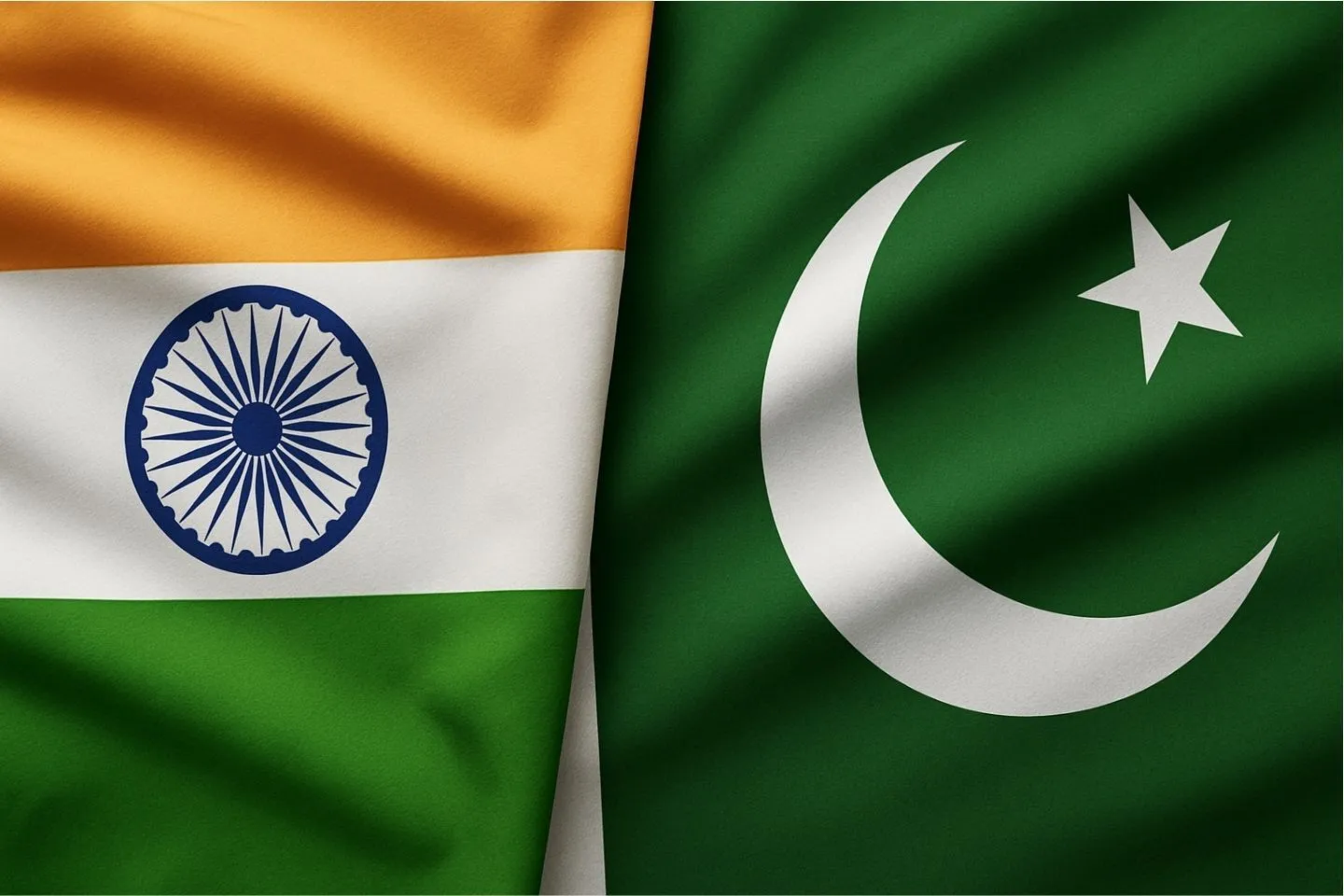The deadly attack in Kashmir has reignited tensions between India and Pakistan, two nuclear-armed rivals. With mass expulsions and military posturing on both sides, how do the armies of these powerful neighbors really compare?
The longstanding conflict between India and Pakistan has reached a new level of tension following a deadly attack on Indian tourists in Pahalgam, located in the Indian-administered part of Kashmir. According to Indian media and international outlets such as BILD, at least 26 people were killed in the assault. In response, the Indian government took drastic measures—including the expulsion of all Pakistani nationals from India, giving them until April 29 to leave the country. As Reuters and the BBC confirm, these diplomatic moves mark a significant escalation in an already fragile region.
What Happens if the Kashmir Conflict Escalates?
With both countries now hardening their positions, many are asking what could happen if the Kashmir dispute spirals into open conflict. The world’s attention is on the military strength of these two nuclear-armed neighbors.
Nuclear Arsenals Nearly Equal
India has possessed nuclear weapons since 1974, while Pakistan joined the list of nuclear powers in 1998. Data from the Stockholm International Peace Research Institute (SIPRI) shows that, as of early 2024, India holds 172 nuclear warheads, and Pakistan is close behind with 170. This virtual parity in nuclear capabilities means any conflict carries catastrophic risks (SIPRI Yearbook 2024).
Defense Budgets: India Far Ahead
When it comes to military spending, India clearly has the upper hand. According to SIPRI and The Times of India, India’s annual defense budget stands at around $75 billion, making it the fourth-largest in the world. Pakistan’s defense spending, by comparison, is only $7.6 billion per year, ranking it 38th globally. This financial gap translates into greater investment in equipment, technology, and logistics for the Indian military.
Army Size: India’s Demographic Advantage
India’s greatest strength lies in its vast population of approximately 1.45 billion, making it the world’s most populous nation since 2023. The country can field an active army of about 1.5 million soldiers, as reported by The Hindu and Global Firepower. In contrast, Pakistan’s population of 255 million supports an army of 650,000 personnel. India also has a theoretical pool of over 523 million people eligible for military service, whereas Pakistan’s pool is about 86 million. Every year, around 4.8 million Indian men reach military age, compared to 1.8 million in Pakistan.
Combat Experience: Pakistan’s Edge
While the raw numbers suggest overwhelming Indian superiority, the data does not tell the whole story. India’s army, aside from engagements in Kashmir and limited peacekeeping operations, has relatively little direct combat experience. On the other hand, Pakistani forces have fought recent battles against Taliban factions (TTP) within their own borders and have engaged in Afghanistan, giving them more real-world combat exposure (Al Jazeera, 2024).
Conclusion: A High-Stakes Stand-off
With both countries possessing nearly equal nuclear capabilities and vast armies, any escalation in the Kashmir region is fraught with danger—not only for South Asia but for the world. As international observers warn (Reuters, BBC, SIPRI), the coming days will test the crisis-management skills of both governments—and the resilience of global peace structures.
Sources: BILD, SIPRI Yearbook 2024, The Hindu, The Times of India, Global Firepower, Al Jazeera, Reuters, BBC















Recent Comments